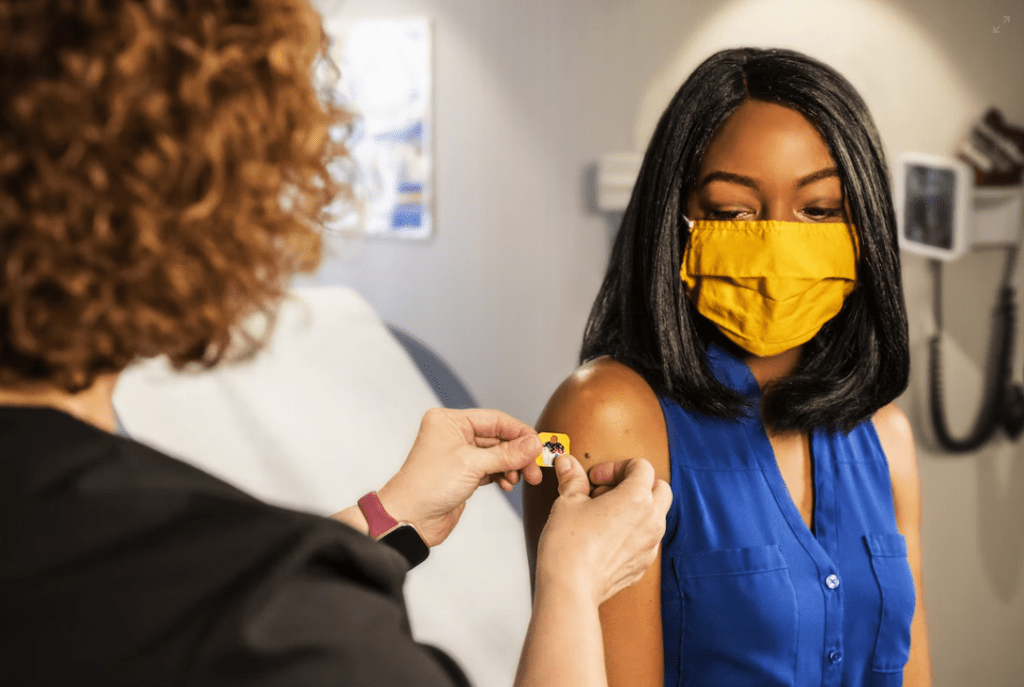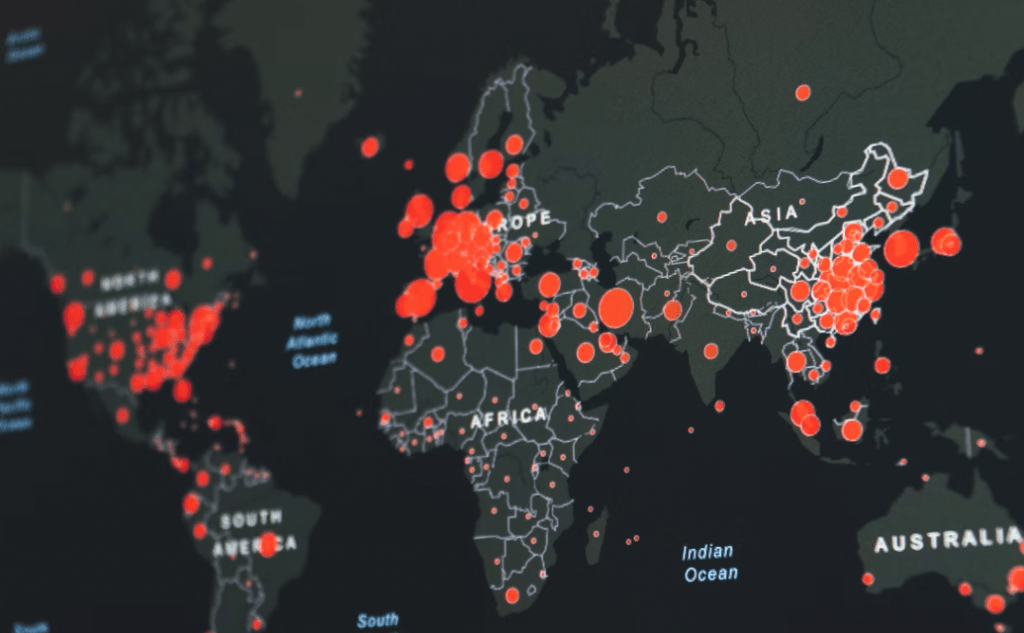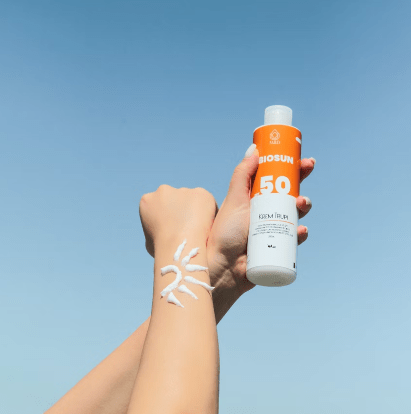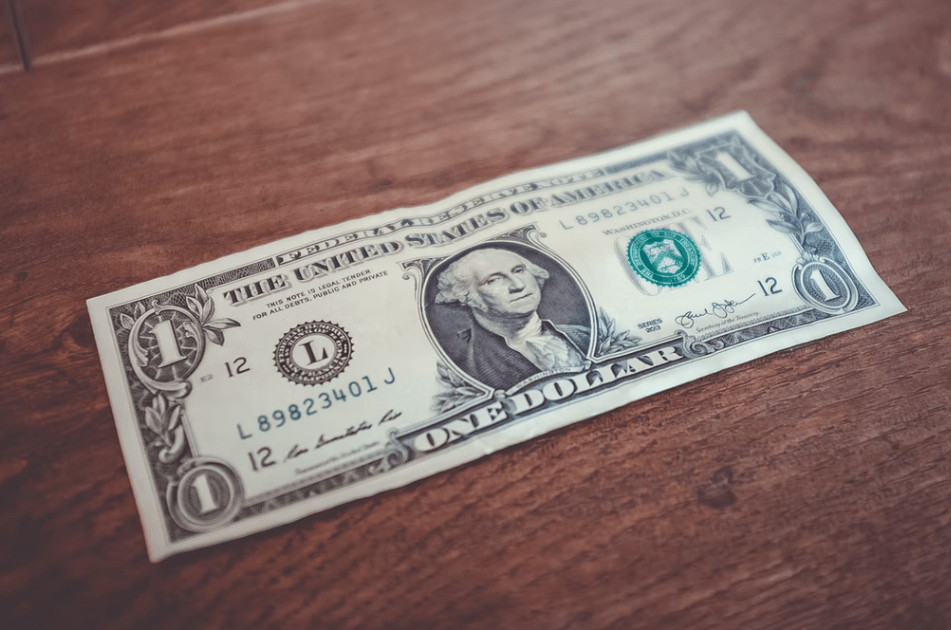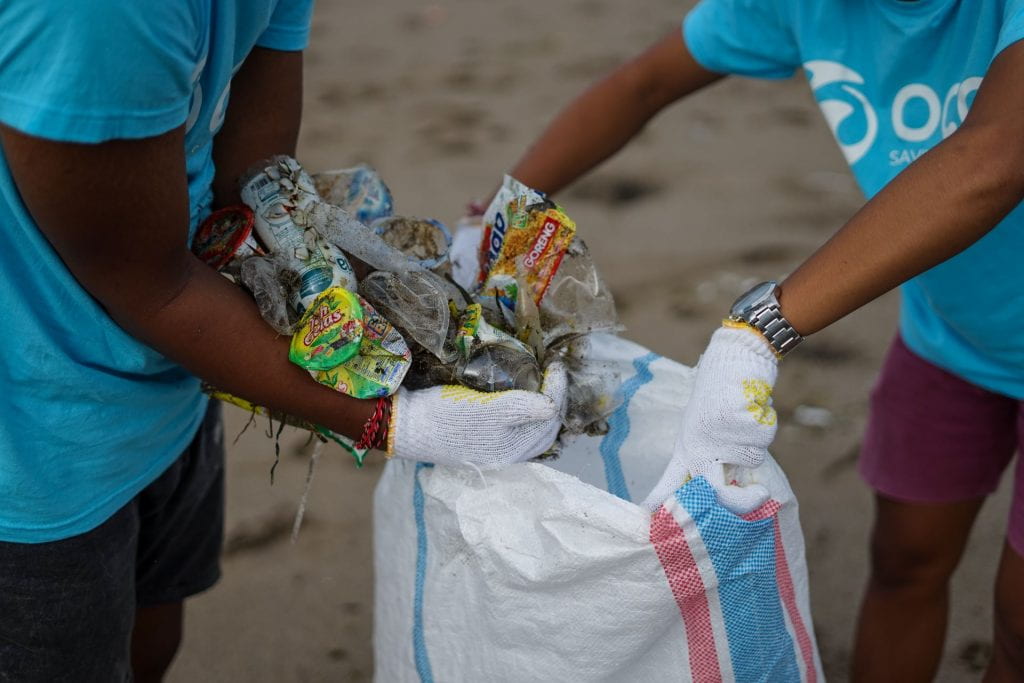
AAP’s Policy Statement on Breastfeeding and the Use of Human Milk includes survey data from mothers of different cultural backgrounds. As much as we stand together in this common need, statistics show that initiation rates differ greatly between racial groups with the highest breastfeeding initiation rates occurring within non-Hispanic White and Hispanic populations.
Advocacy is important and help is available for those struggling with breastfeeding. The Office of Women’s Health offers a helpline that is staffed with breastfeeding counselors who are ready to assist. The Women, Infants and Children’s program (commonly called WIC) also offers food, care packages, peer counselor support and healthcare benefits to new mothers who have low incomes.
The final week of August is Black Breastfeeding week with the theme “BBW2022: 10 Years, A New Foundation”. Nasheeda Pollard, author and International Board Certified Lactation Consultant, talks about her personal breastfeeding experiences, her thoughts on Black Breastfeeding week, inher recently published children's book, Magical Milk. Similar stories that reflect on personal experiences and why Black Breastfeeding week is important can be found on La Leche League USA’s website.
Last but not least, Himmelfarb Library has resources available on breastfeeding that may assist you in further reading & research:
The Ethics and Politics of Breastfeeding : Power, Pleasure, Poetics
The International Breastfeeding Journal (2006 - Present)
The Journal of Human Lactation (1999 - Present)
Breastfeeding basics for moms : your breastfeeding questions answered.
Breastfeeding answers : a guide for helping families
Breastfeeding management for the clinician : using the evidence
Breastfeeding and human lactation
Core curriculum for interdisciplinary lactation care

